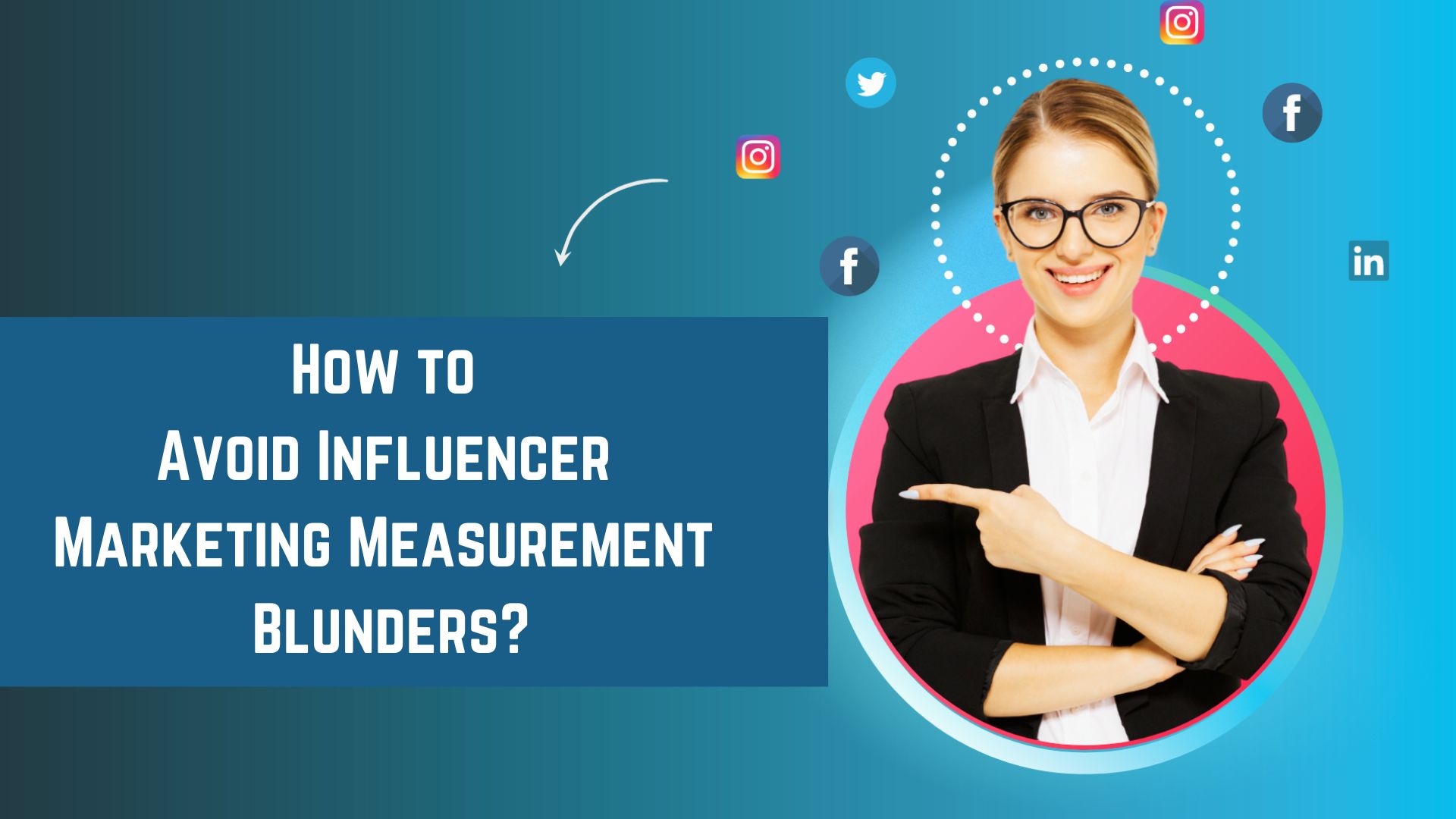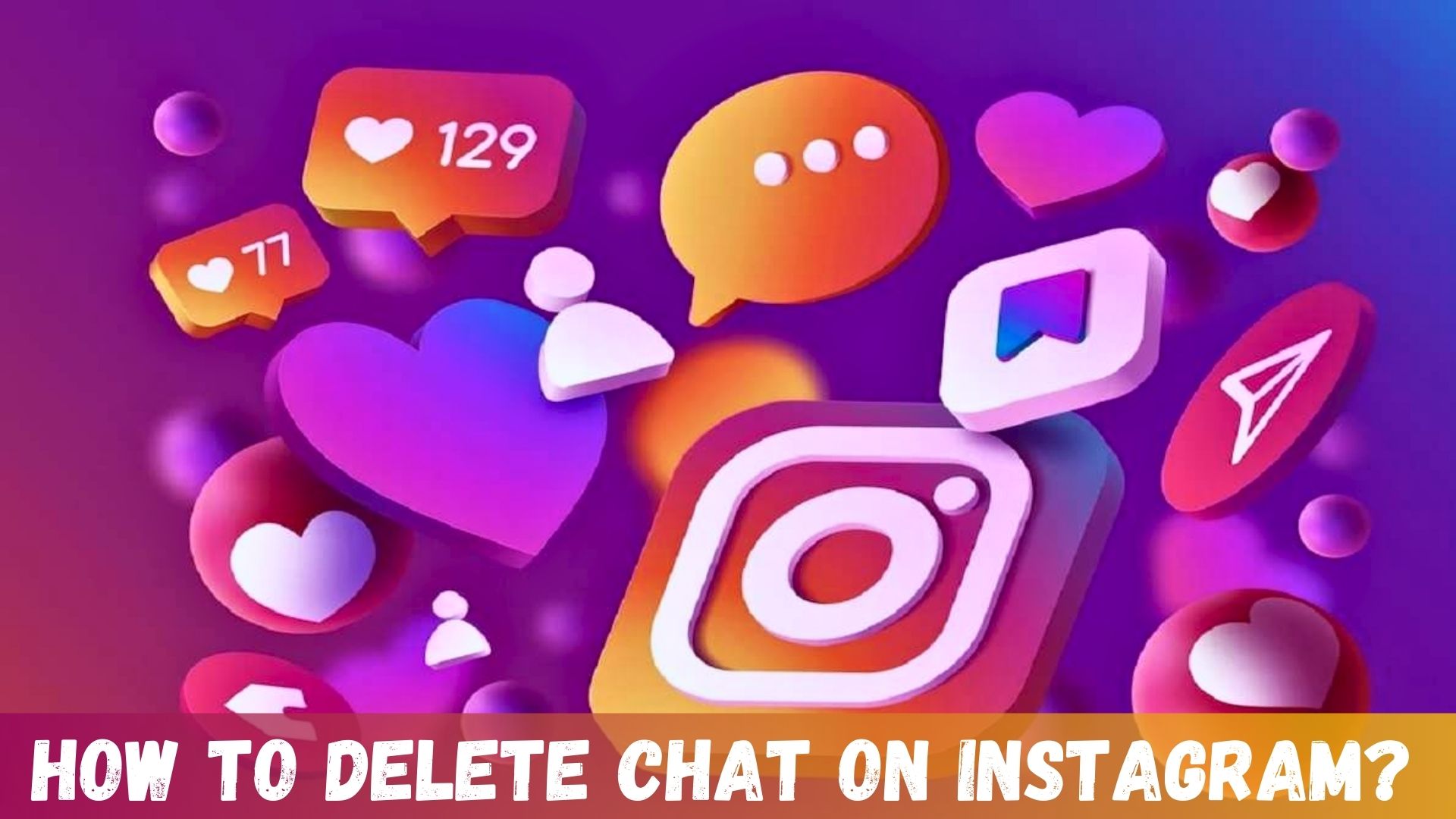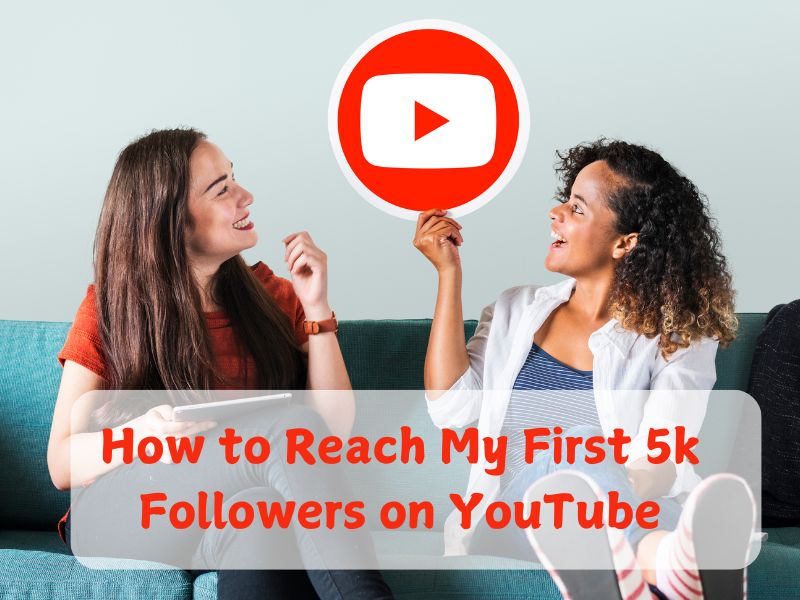How to Avoid Influencer Marketing Measurement Blunders In 2024?
Are you a newbie in the Influencer Marketing Industry? If yes, then you should know these Influencer Marketing measurement mistakes to avoid.
Nowadays, everyone is talking about Influencer marketing, which is not bad at all. It’s a really good idea to connect with your customers.
However, directly diving into getting started can lead you to some blindspots that can negatively impact your results. Instead, you should do thorough research and plan out your program beforehand.
Here are 7 common mistakes to avoid to ensure that your influencer marketing program produces a winning result
7 Influencer Marketing Measurement Mistakes to Avoid
If you don’t plan ahead and pay close attention to detail, there are many ways to make mistakes with your strategy, so you must ensure it works and produces results. But relax, please. In this post, we’ll discuss 7 of the most common influencer marketing mistakes and offer advice on avoiding making the same mistakes when managing your campaigns.
1. Mistaking Celebrity Endorsement
It’s completely understandable that many brands—particularly those that are just getting started—don’t have the resources to collaborate with celebrities. Mega influencers can be very effective in increasing brand awareness, but their real engagement is usually lower than that of smaller creators, which is crucial for fostering brand loyalty and driving sales.
Furthermore, you’re paying money to reach more people who aren’t necessarily relevant because a mega influencer has so many followers, and only a portion of them will fit within your target audience. On the other hand, a smaller influencer can assist brands in reaching more specific audiences at a lower rate.
2. Non-Personalising Outreach Messages For Content Creators
Communicating with creators in a generic, copy-and-paste manner will make them feel more like a transaction than a possible collaborator. When they understand that you genuinely appreciate their content and would like to collaborate with them, they usually take it positively.
Use their name in your outreach and explain why they would be a good fit for your brand as well as what you like about their content. Include information about possible payment methods in the subject line of emails to make them even more alluring. This can demonstrate your seriousness to creators.
3. Partnering With Controversial Content Creators
Being in the spotlight is a fundamental part of being a creative, so it makes sense that some will cause controversy. Additionally, although they can range in severity, working with contentious creators can damage your brand’s reputation.
When brands support artists who have offended them in any way, the public frequently gets upset and will often carry these bad feelings over to your brand. That’s why when a scandal surfaces, brands usually sever ties with creators. If there are any potential creators, a quick Google search can help you determine whether the public has any concerns about them.
4. Choosing The Wrong Social Media Platform
Your business can benefit greatly from having a strong social media presence. Unfortunately, a lot of brands fail to realize the full potential of social media because they select the incorrect channels to connect with their target market. Social media is now a crucial component of business marketing in a world of fierce competition.
Nowadays, even small companies are keeping up with their own Instagram and Facebook pages. For this reason, picking the appropriate social media platform is crucial when preparing to start an influencer marketing initiative. In order for your brand to develop, you must connect with the appropriate target market, which can be achieved by doing this.
5. Expecting Instant Result
Influencer marketing is a long-term strategy, so launching a single campaign won’t yield results right away. It gradually and steadily raises brand awareness and popularity. Establish some objectives and decide on a more realistic deadline for completing them. Next, decide on a few KPIs that will allow you to monitor your advancement toward your objectives. To ensure you’re getting the best results possible, make sure to tweak and improve your program as you go.
6. Selecting KPIs You Can’t Track
Setting untrackable goals is the closest thing to forgetting that measurement takes structure and work. This unforgivable error usually occurs for two reasons:
Your goal is not well defined enough to be measured or tracked, or the necessary scale of data is not available. One clear example of this is attempting to measure Instagram Stories’ influence. Due to the incompleteness of the data at hand and the lack of historical data to compare it with, this can easily turn into a fruitless effort.
You’re not in a position to gather the information required to gauge your success. For instance, in order to “improve brand advocacy by x,” you must be aware of your starting point and have a measurement system in place.
7. Partnering With An Influencer Who Doesn’t Love Your Brand
The bond that creators have with their fans is one of the things that makes them such excellent brand ambassadors. Their fans have a sense of familiarity with them and are able to discern whether a creator’s enthusiasm is real or contrived in order to make a profit. Your audience will be able to tell if the creator you’re working with doesn’t genuinely love your good or service, and they will start to lose faith in both your brand and the creator.
Final Words
Influencer marketing can help you expand your brand’s reach, increase sales, and engage new audiences. But, if you’re careless in the selection process, the result could be a campaign that falls short of your expectations and even harms the reputation of your company. The best way to steer clear of these typical blunders is to collaborate with influencers who share your values and have sufficient audience knowledge to consistently provide high-caliber content. After all, this is a long-term partnership that will endure for many years rather than just a one-time project.


